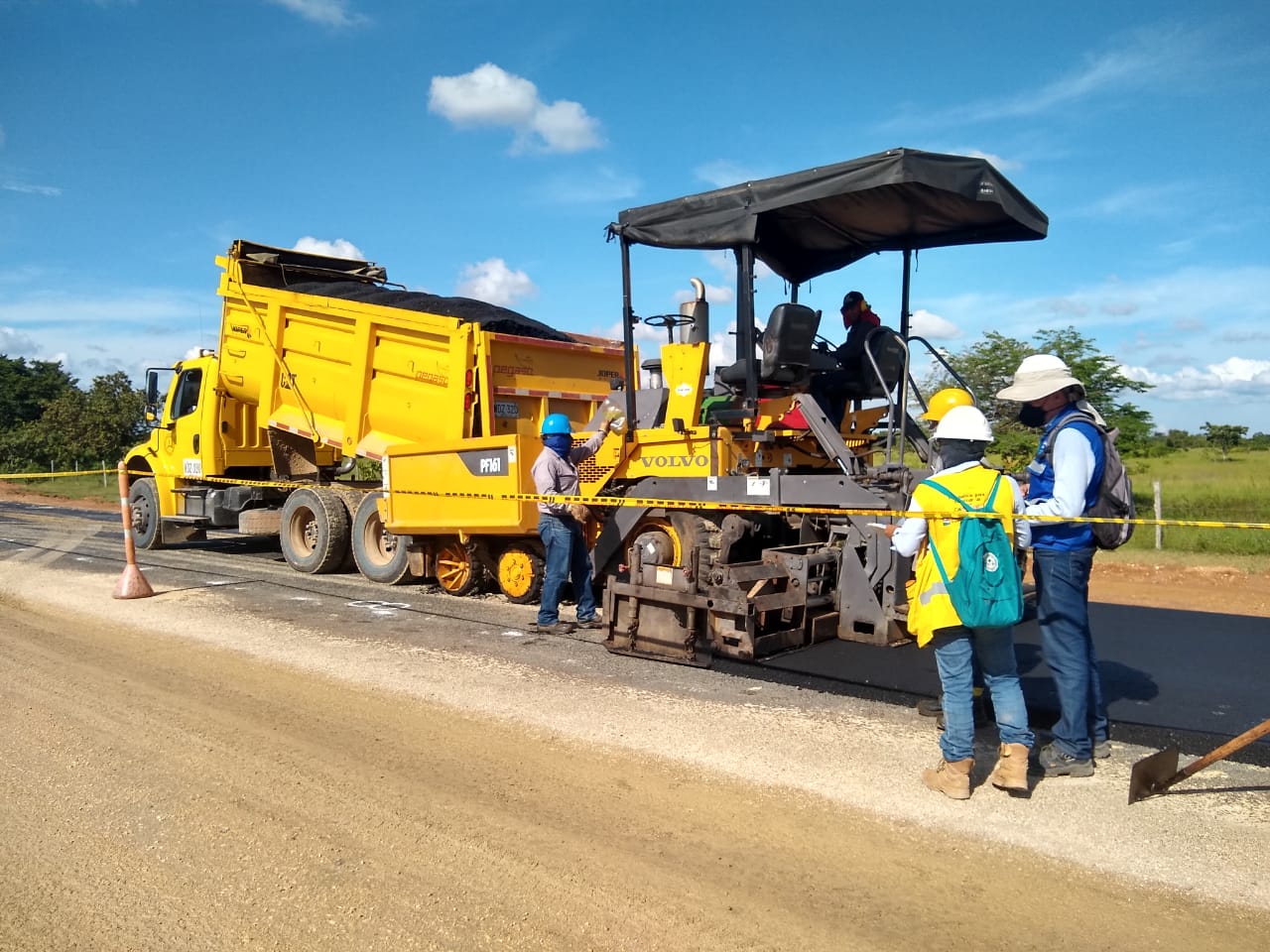Little Known Facts About A1 Professional Asphalt & Sealing Llc.
Little Known Facts About A1 Professional Asphalt & Sealing Llc.
Blog Article
Things about A1 Professional Asphalt & Sealing Llc
Table of ContentsFascination About A1 Professional Asphalt & Sealing Llc6 Easy Facts About A1 Professional Asphalt & Sealing Llc DescribedThe 10-Minute Rule for A1 Professional Asphalt & Sealing LlcAn Unbiased View of A1 Professional Asphalt & Sealing LlcGetting The A1 Professional Asphalt & Sealing Llc To Work

The oil in a vehicle engine is not just oil. The REOB consists of all the additives that were in the waste oil as well as the wear metals from the engine (mostly iron and copper).
However, by making numerous blends making use of different REOB examples and various asphalt binders, the variations mainly can be averaged out. A number of States supplied examples of known REOB structure to TFHRC researchers, that evaluated the samples to compare the percentage of added (understood) REOB to the found (tested) amount. The analyses revealed a comparable percent of added and located REOB.
Facts About A1 Professional Asphalt & Sealing Llc Uncovered
None of those States recognized that the asphalt they were buying had REOB. One State urged its samples had no REOB - https://www.blogtalkradio.com/a1asphaltsealng.
Of the 1,532 samples evaluated, 12 percent included REOB, and some contained appreciably high degrees of it at 1020 percent. The highest degree was 34 percent in a sample from Texas, which TxDOT had actually made use of in a patching compound. This testing additionally exposed the existence of phosphoric acid in 11 percent of the samples, and 2 percent contained ground tire rubber.
2 years ago at TRB's yearly meeting, the Federal researchers held an REOB workshop and offered the findings of their research laboratory assessments to a standing room-only crowd. Some agencies do not particularly ban REOB, they do impose physical tests that avert its useeffectively a ban. Others do not prohibit it by requirements, yet have arrangements with asphalt providers to stay clear of using REOB
Not known Facts About A1 Professional Asphalt & Sealing Llc
A handful do allow REOB, some within specific restrictions. Ohio and Texas limitation levels to much less than 5 percent of the asphalt. To establish a reputable test technique that all States can make use of, the TFHRC scientists established up a round-robin examination plan. The individuals are 11 State freeway agencies (Illinois, Massachusetts, Minnesota, Mississippi, Montana, North Carolina, Oklahoma, South Carolina, Texas, Vermont, and Wyoming), 2 independent testing laboratories, the Ministry of Transportation in Ontario, Queen's University in Ontario, and an Ontario paving specialist.
In go to my blog overall, the researchers prepared and shipped 720 blends. The individuals are testing the samples separately making use of the guidelines supplied by the TFHRC scientists. The round-robin screening is virtually completed, and TFHRC remains in the procedure of collecting the outcomes. The outcome will certainly be a proposed AASHTO examination approach that any type of State can adopt and utilize (a-1 asphalt).
The pavement with REOB, which is situated 0.6 mile (1 kilometer) from the pavement without REOB, has similar subgrade, website traffic thickness, and climate. The sector of Highway655 with 5 to 10 percent REOB revealed substantial cracking. In this example, the visibility of REOB was the determined source of splitting at a low temperature levels.
An area of test pavement in Minnesota (MN1-4) located to include REOB additionally cracked too soon. The sidewalk carried out well for the initial 3 to 4 years, however then began to fracture.
Some Ideas on A1 Professional Asphalt & Sealing Llc You Need To Know
The tests were not considerable, yet they revealed that at degrees of 6 percent or more, the tensile toughness of the asphalt went down significantly. At a level of 3.5 percent REOB, the variation in the physical examination techniques was higher than the effect of REOB. As a matter of fact, it was tough for researchers to examine whether REOB existed.

One binder parameter taken into consideration is the difference between the reduced temperature level essential specification temperature for stiffness (S) in the flexing light beam rheometer and the flexing beam rheometer creep incline (m-value) kept in mind as Tcritical. TC = TC (S) TC (m-value). Analysis of this criterion is still continuous. 2 independent research teams, one from AASHTO and the various other from the Asphalt Institute, wrapped up that more study is needed on making use of REOB in asphalt.
Formerly, all asphalt testing gauged design properties such as rigidity. These tests do not reveal what materials had actually been contributed to the asphalt. One sample obtained during the TFHRC research had an extremely strange evaluation. The example had the complying with examination results: Superpave PG 64-28 with a high temperature level grade of 67.3 Tcritical on the flexing beam rheometer was 6.7 levels Celsius.

The smart Trick of A1 Professional Asphalt & Sealing Llc That Nobody is Discussing
These outcomes demonstrate there are weaknesses in the standardized design screening procedures that may be made use of. The producer may have an economic benefit and the item passes all the standard tests, but the item might not be valuable to making certain lasting efficiency. To address this issue and the development of brand-new asphalt additives and extenders, TFHRC is starting a study program to utilize handheld spectroscopic devices, x-ray fluorescence spectroscopy, and Fourier change infrared spectroscopy to make it possible for evaluations to be done in the field as opposed to needing to take examples back to the lab.
Report this page